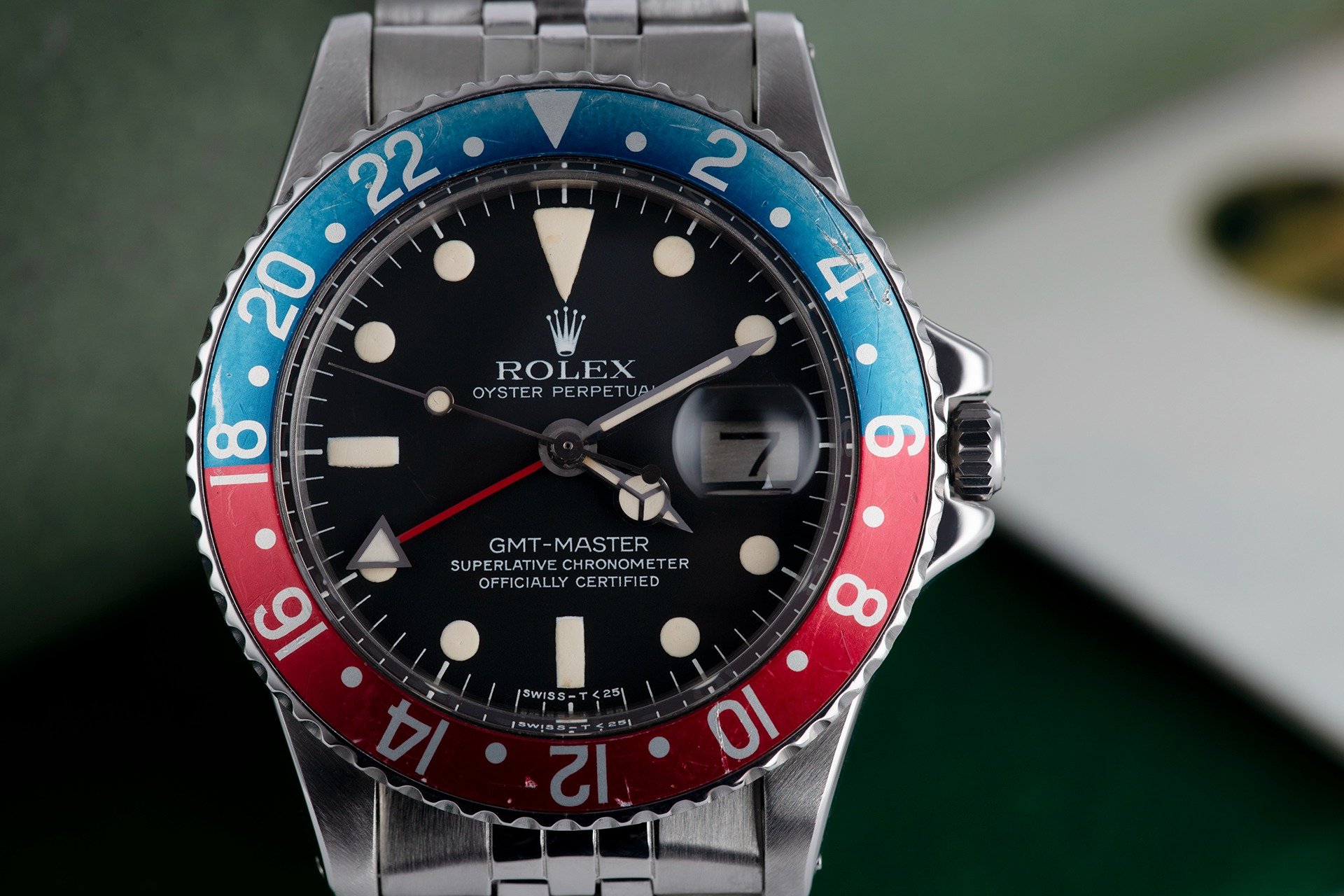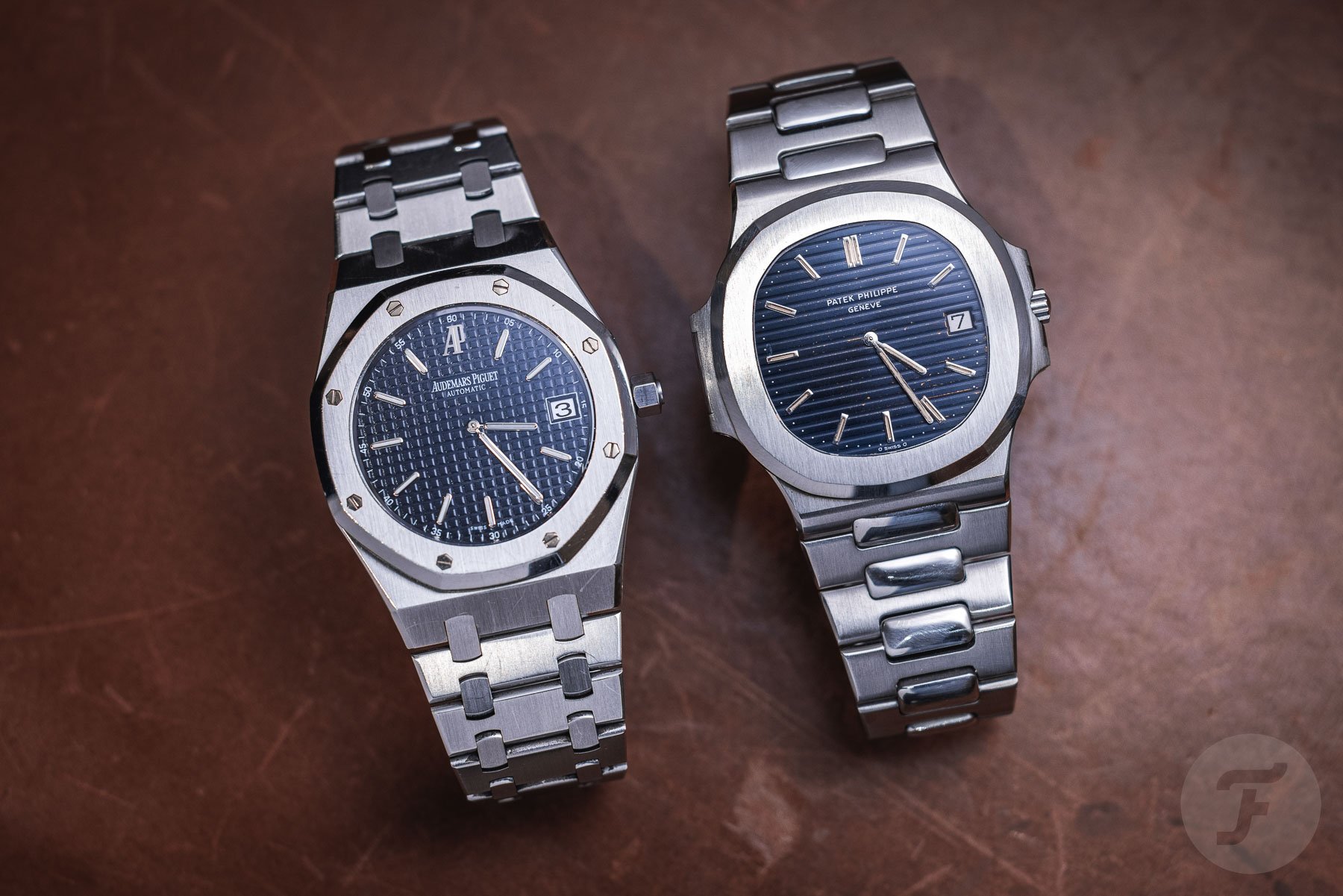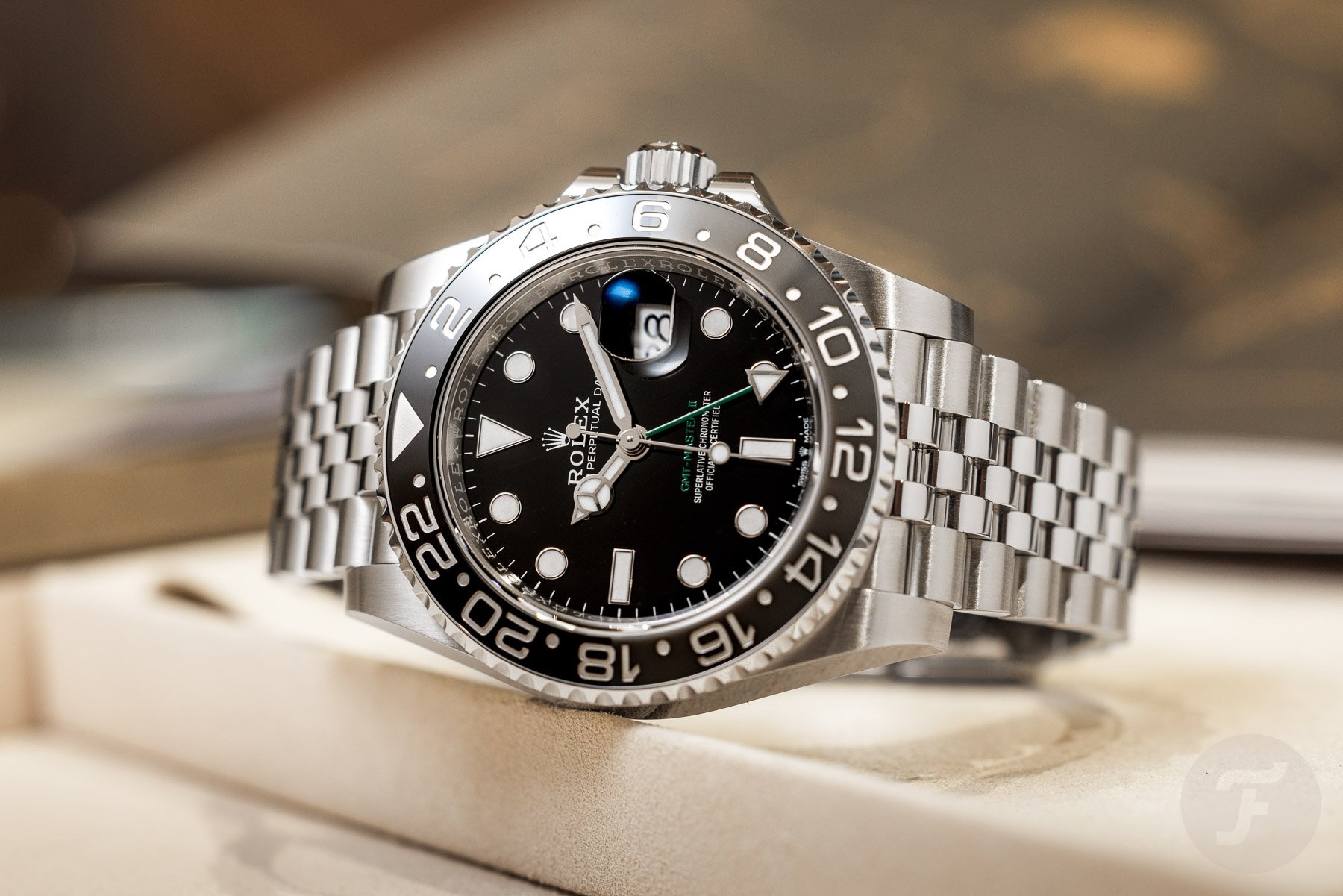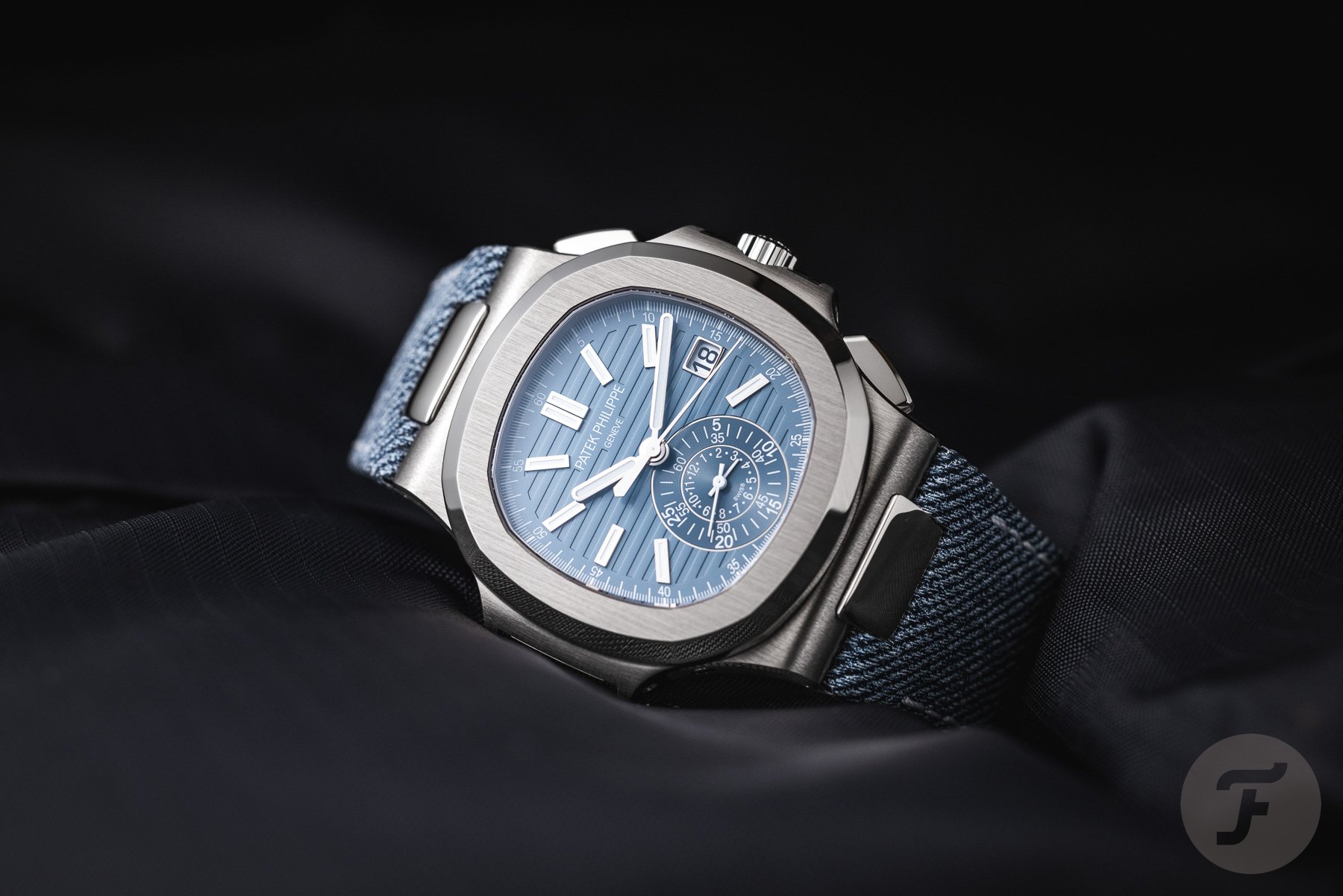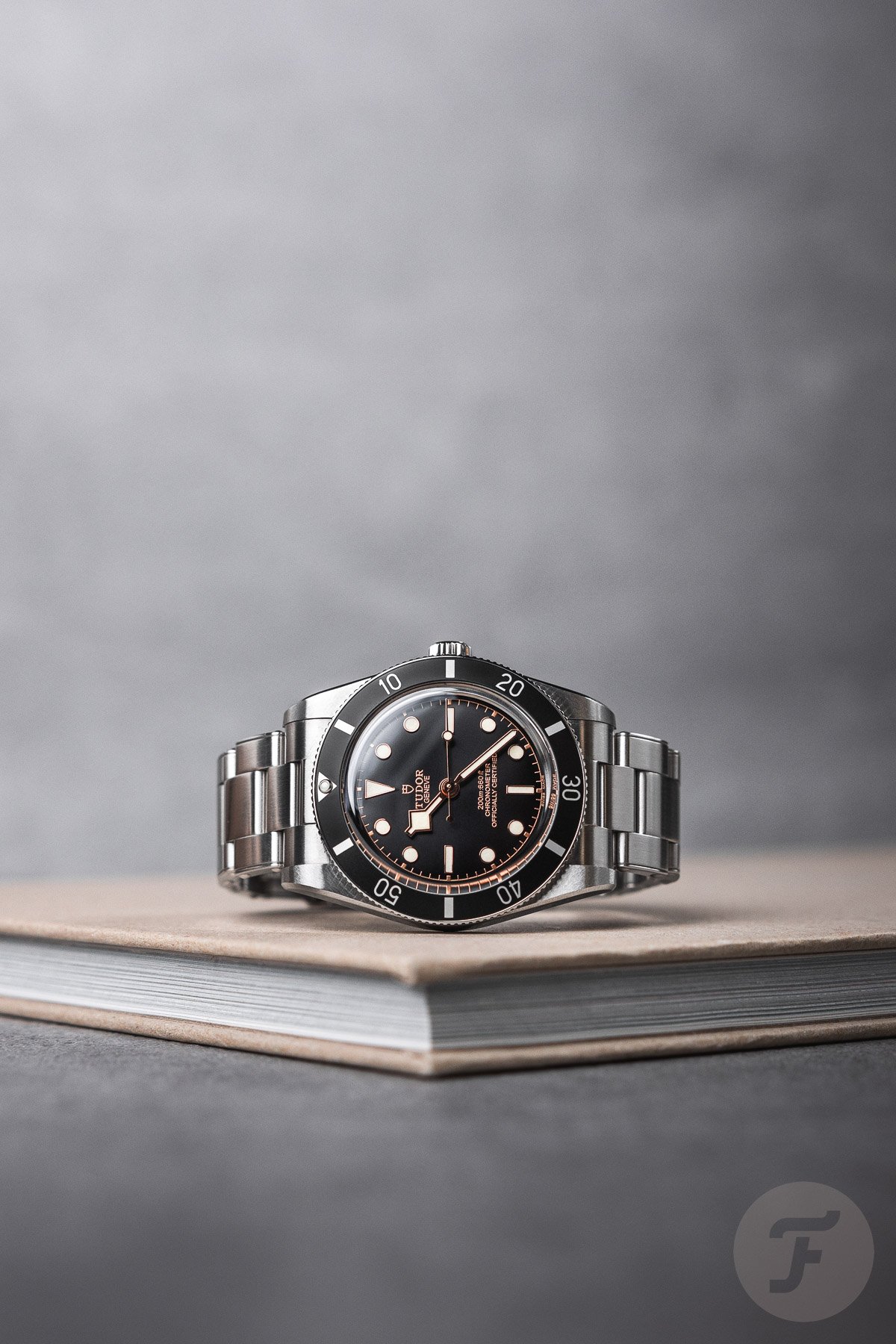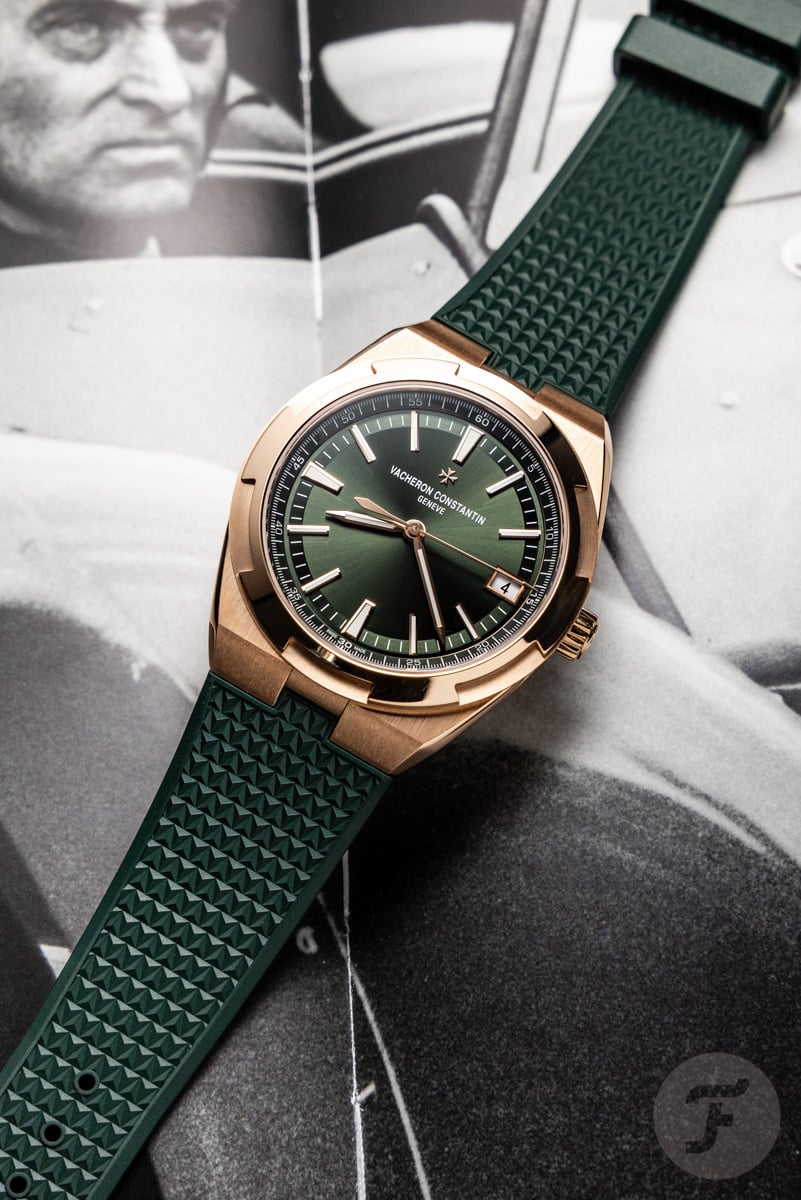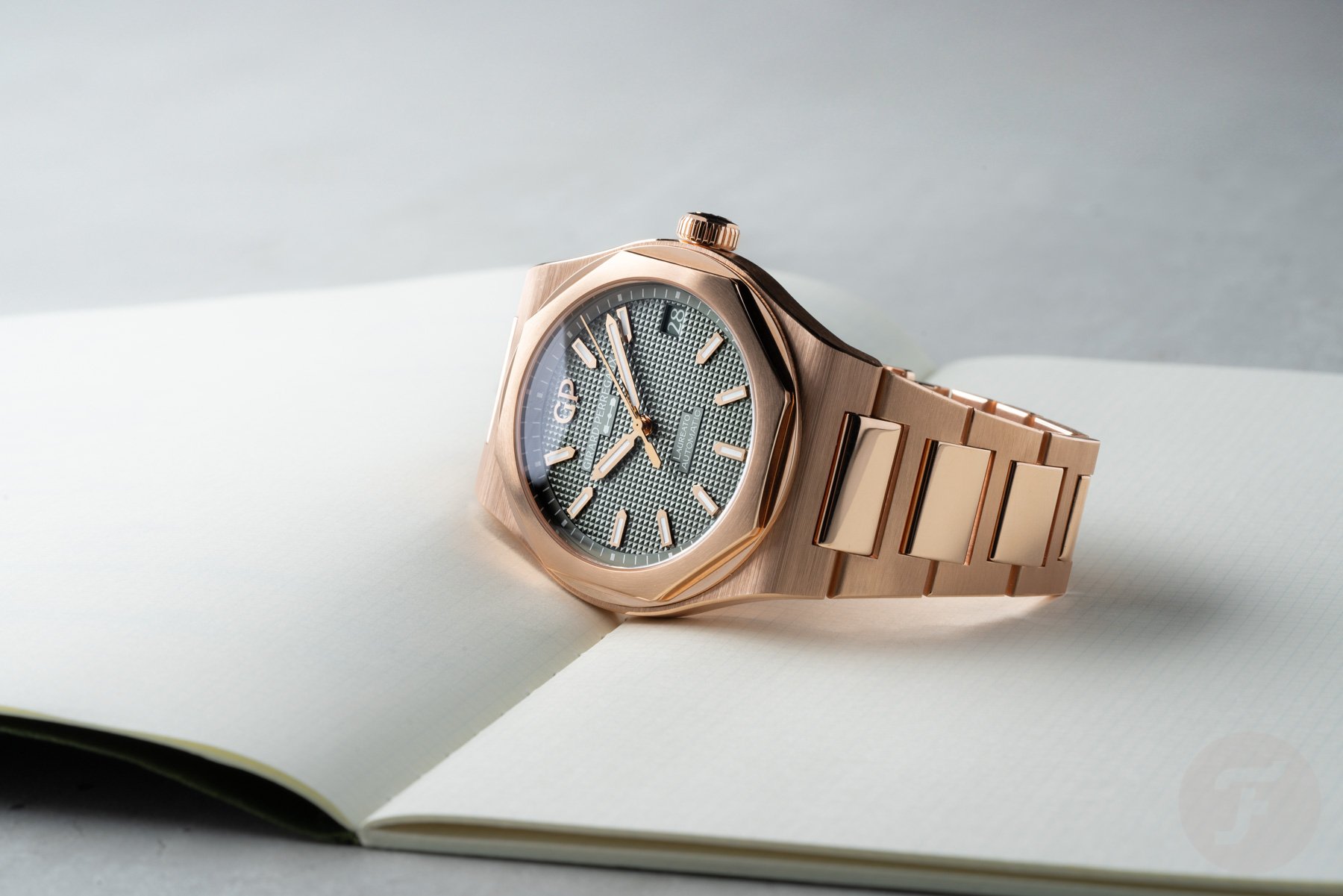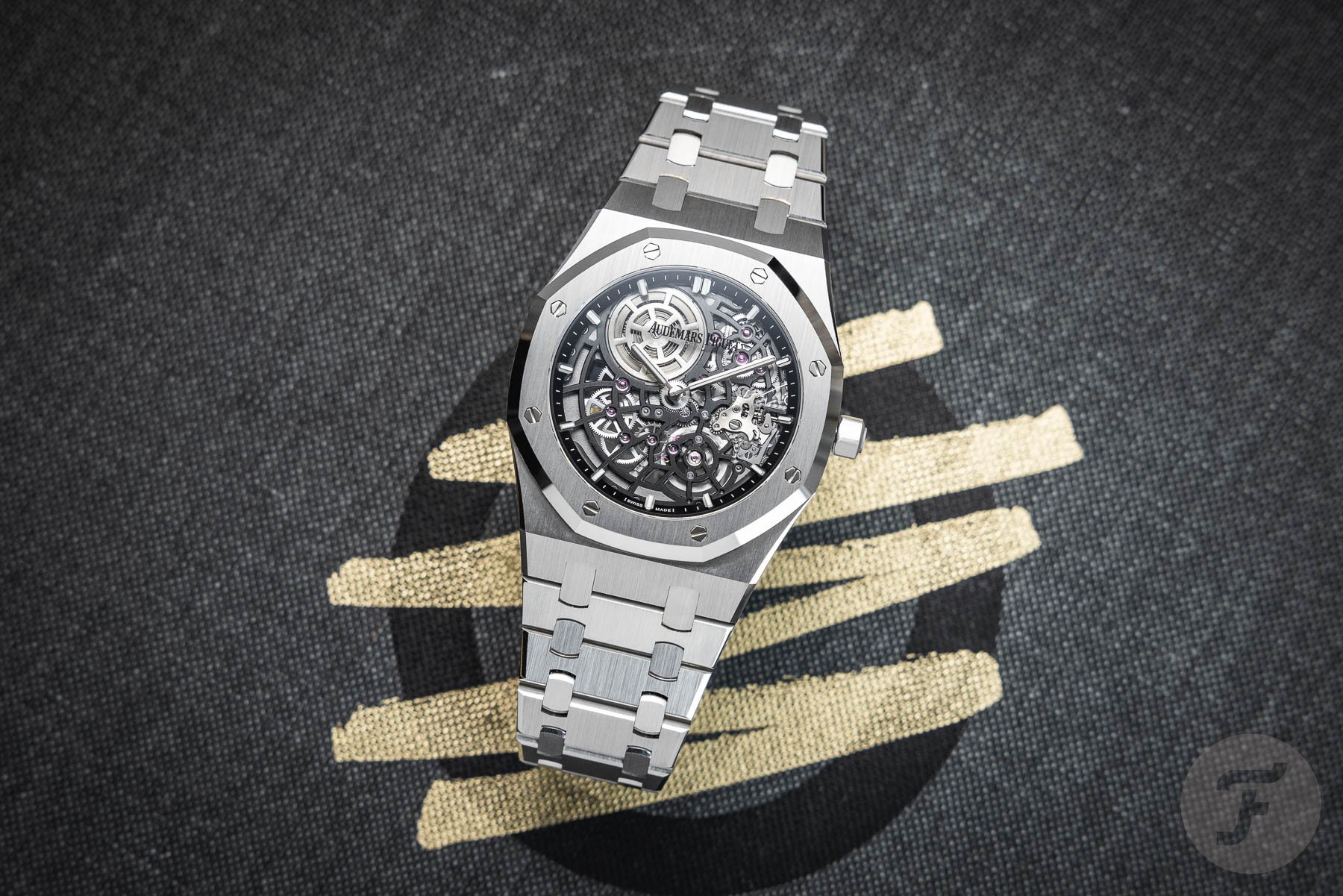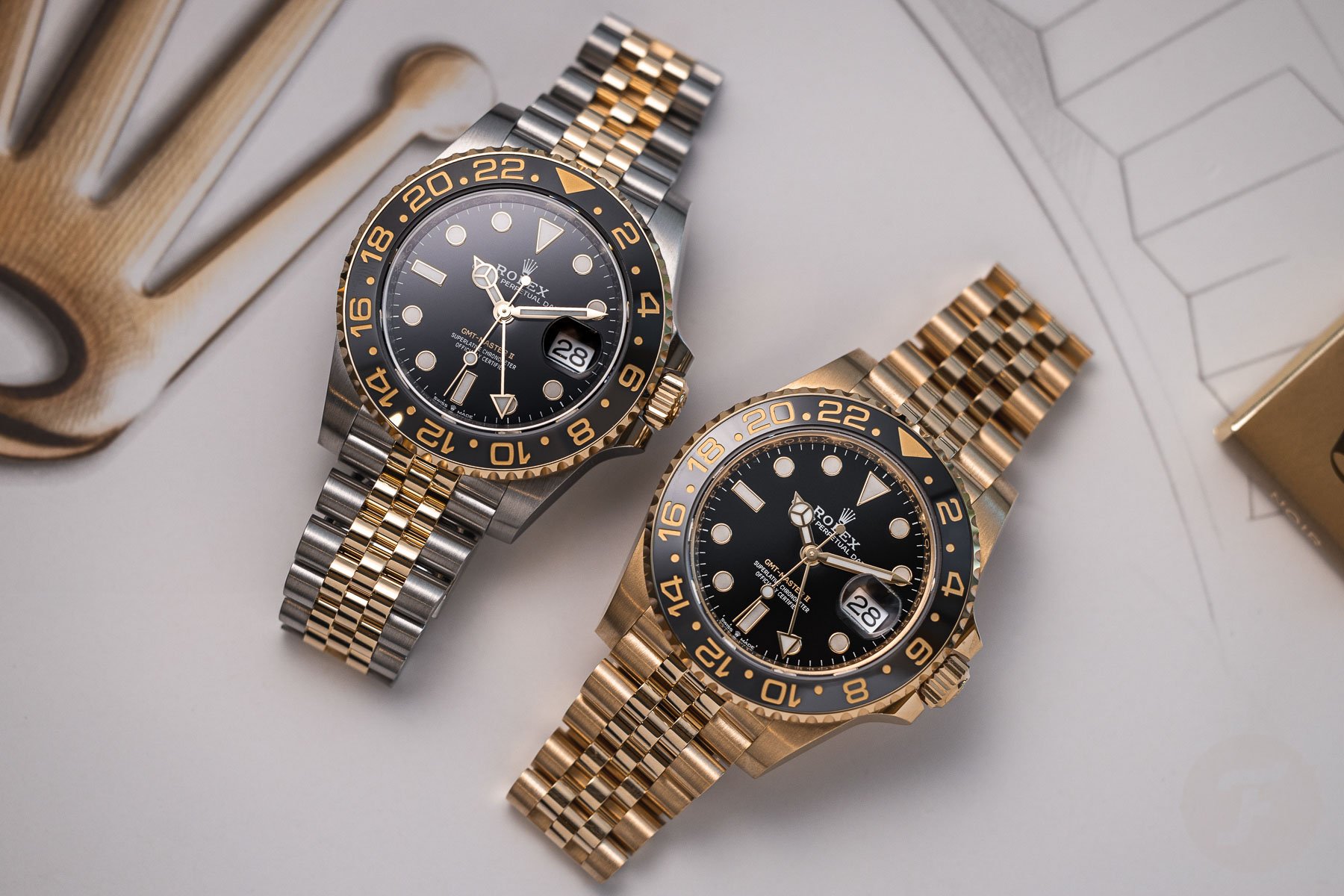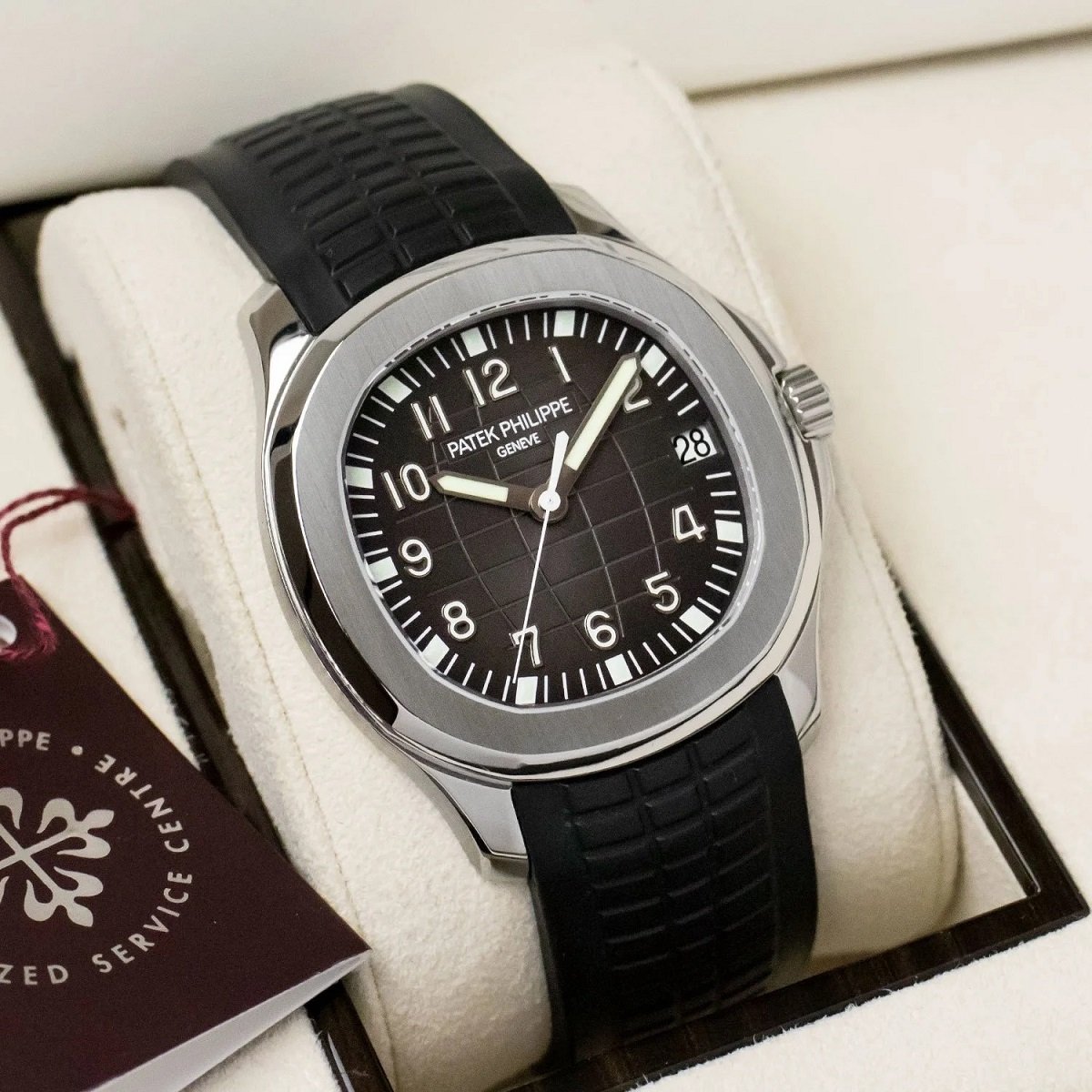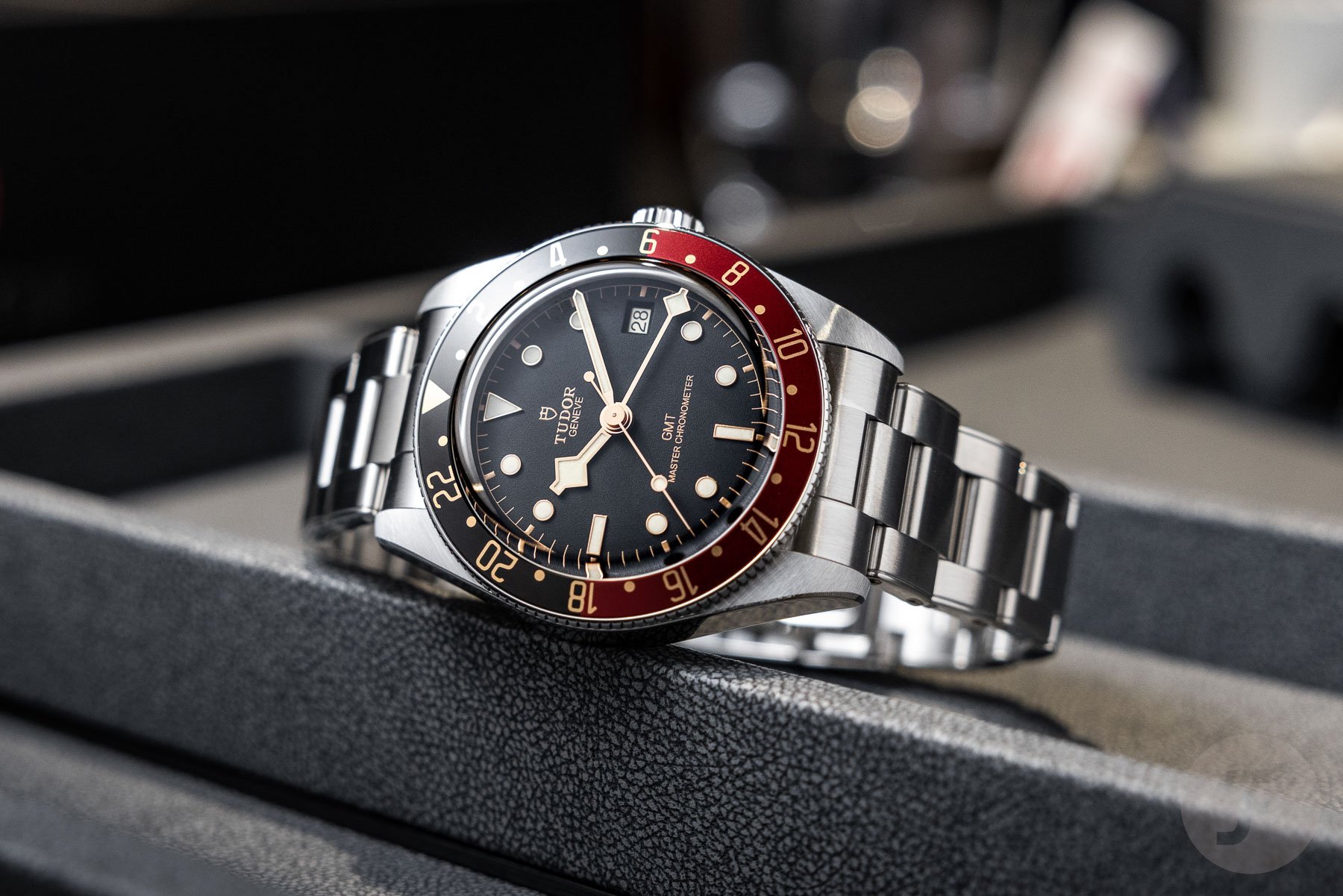The Decline In Desirability Is A Good Thing For Veritable Watch Enthusiasts
While enjoying a coffee at a family restaurant, Walter Sobchak told Jeffrey “The Dude” Lebowski, “You want a toe? I can get you a toe. Believe me. There are ways, Dude. You don’t wanna know about it; believe me. Hell, I can get you a toe by 3:00 this afternoon — with nail polish.” Now change “toe” into “GMT-Master II” and “with nail polish” into “a Pepsi,” and you get an imaginary yet plausible conversation between a well-connected gray-market dealer and a desperate customer looking for something challenging — no, nearly impossible — to get. This particular kind of customer is probably not a lifelong watch enthusiast but, instead, a FOMO-driven fan of everything clearly and prominently luxurious. But the watches that inspired this FOMO through Instagram are now facing a decline in desirability. The unavailable becoming available is good for veritable watch enthusiasts and might influence future collections.
Luxury brands don’t sell products; they sell dreams. And chasing an exclusive dream can be a great experience — the thrill of the hunt. But what happens when the hunt is over and the thrill is gone? Do you put on some B.B. King? No, for those who were influenced to hunt for a peer watch that would bring immediate recognition/status/appeal, there will always be other objects to chase. After the “watch kill,” their sights will be set on another luxury target that’s playing hard to get. This is good news for those who desire watches for their history, technicality, and/or design. Not only has the chance to acquire a long-coveted watch become more realistic, but in the long run, the absence of one-hit buyers and cash-driven flippers/Walter Sobchak types might also affect future releases.
What came before the decline in desirability
Wanting something you can’t have is natural human behavior, and the allure of the unattainable is a phenomenon deeply rooted in human psychology. The mystique of the forbidden is one element, as is the excitement that comes with the unknown. There’s also the tempting challenge to obtain the unobtainable, of course. This applies to love as well as more tangible things, such as watches. When applied to a string of steel sports watches from Rolex and the luxurious integrated-bracelet models from Patek Philippe, Audemars Piguet, and the like, the excitement of the hunt for something out of reach still has the “forbidden” component. Signs in the shop window tell you the watches are for display purposes only, and store gatekeepers, much like Gandalf, make it clear that you shall not pass. Yet this only fuels the fire of desire even more.
The psychological principle of scarcity also plays a role. People often value what is more challenging to obtain and see it as more valuable. The idea that a watch is not easy to acquire can increase attraction and make people rise to the challenge. The attraction of the unattainable is a complex interplay of psychological, emotional, and social factors.
Keeping up with the Joneses
Human psychology played a part in creating shortages of a select number of luxury watches and causing through-the-roof prices. But there was more — namely, a perfect storm called COVID. Lockdown caused people to spend more time on social media (scrolling and posting) and spend their money differently, causing a snowball effect. Luxury watches broke into the mainstream, and more people hunted after them to show they were still relevant. Significant advantages of a small object like a luxury watch are that it is very photogenic, it fits perfectly in the square space displayed on the phone, and it makes a significant impact. As a result, prices went up even further. People couldn’t spend their money on stuff like vacations anyway, so they went along with the increased prices to keep up with the Joneses and maintain high self-esteem.
Rising interest in high-end watches led to more scalpers coming out of the woodwork, ready to make a quick buck. Pretty soon, everything was about money, and interest revolved around just a few watches. Watch enthusiasts looked at the situation in disgust. Their hobby had been hijacked. But times have changed. Lockdown is behind us. Some scalpers are still stuck with watches they bought above retail but were convinced they could still sell for a profit, and the watch market is under pressure.
Surrogate “Subs”
There are rumors that boxes filled with new watches occupy office space in several brands’ headquarters because their warehouses are full. During the market fever, production went up. Now that the market is low, the watches don’t go anywhere. Unlike fresh fruit, these watches won’t rot, but they can’t stay there forever either. Will brands eventually dump them at discount prices? That could happen if these watches were supposed to be alternatives to unobtainable ones. Surrogate “Subs” and other alternative offerings will have difficulty getting on someone’s wrist if the real deal is around.
But when the going gets tough, the tough get going. A successful brand can adapt to the market if necessary. Furthermore, it shouldn’t shy away from rigorous measures, such as price drops, cutting of references, and being satisfied with less profit than during the hype years (watch brands do tend to look at hype as a normal economic phenomenon they can build a long-term sales strategy on, but that is for another story).
Luxury lost and found
However, luxury marketers working for high-end watch brands are also human. Indeed, social media doesn’t necessarily make their professional lives easy. The conservative ones working at equally conservative luxury brands believe that the various social media channels occupied by influencers and the glorification of celebrity culture have diluted the world of luxury. In their eyes, the essence of luxury came under intense pressure and got lost over the last decade and the COVID-19 years. Social media and lifestyle websites overexposed their supposedly rare, scarce, and exclusive creations in abundance, reaching more people than ever. And with more and more people showing themselves with those creations, the elements of rarity and exclusiveness disappeared. The unobtainability that brings value and justifies high prices survived the longest, but when the market got saturated, this element also faded.
Brands need to adapt to a new reality — that’s nothing new. If you call it “evolution,” it might sound a bit less radical, but change needs to be more radical than slow evolution after a period of hype. Still, radical adaptation to a new reality could positively affect brands and, ultimately, die-hard/real watch fans.
In an ideal watch world
It looks like FOMO (fear of missing out) has turned into JOMO (joy of missing out) for those who want watches because of what they are and not what they represent. Allow me to give you an example.
In luxury watchmaking, the Rolex GMT-Master II “Pepsi” is a crowned king. This iconic and prestigious watch reigns supreme and is sought after by the affluent elite. Watch connoisseurs across the globe also adore it. Since it was unobtainable from authorized dealers, its price increased quickly and massively, exuding an elusive exclusivity. This easy-to-recognize status symbol encapsulates the epitome of prestige, luxury, and unabashed consumerism. However, overexposure and a price no longer in touch with material reality made the Pepsi a symbol of pretentious consumerism and shallow ideals.
Watch enthusiasts who know the story of the Pepsi hold the watch in high regard. However, many watch enthusiasts lost interest when it became a hollow status symbol and a commodity. By the way, the same happened with Patek Philippe’s Nautilus and Aquanaut and the Audemars Piguet Royal Oak. You could call these watch enthusiasts “snobbish” but also “properly informed.” If you know about Patek’s history, you’ll understand why its most desired model can’t be an uncomplicated steel sports watch (the Nautilus), let alone an even simpler version of it (the Aquanaut).
Give me what I want, what I really, really want
With status watches becoming more available, the brands producing them must also start thinking about staying relevant. In other words, they will continue to evolve current collections and/or develop new models that speak to an audience that no longer wants instant prestige and recognizability. Brands that piggybacked off the hype because they had alternatives in the collection face a possibly even greater challenge. They must create desirable products that can stand strong on their own.
After sailing the hype tsunami, brands can’t sit around waiting for the next freak event. If they are ready to listen to the voices of people with a genuine interest in their products, they will need to increase their efforts when releasing new watches and capture this audience that seeks content, authenticity, and quality.
Because of COVID, luxury watches have become more mainstream than ever. Although some of the “audience” has left the “theater,” the group that stayed is still more prominent than before the lockdown. It’s just a tougher crowd to please. When dealing with a hard-to-please audience, the only thing watch brands can do to keep their attention is to find out what they want (what they really, really want) and spice up their efforts.
Bye, Walter; hello, Mick
It is time to say “bye” to the Walter Sobchaks of the watch world, the emptiness of perceiving watches solely as a commodity or status symbol. Some watches will always be harder to find than others; it has always been this way, and it always will. But the hype hunters have left and given way to a more sustainable type. Mick Jagger was right when he sang, “You can’t always get what you want / But if you try sometimes, well, you just might find / You get what you need.” The Rolling Stones singer was referring to watch enthusiasts who desire certain timepieces and, after capturing them, cherish and enjoy them with all their hearts and souls. Yes, the age of watch enthusiasts is nigh.

